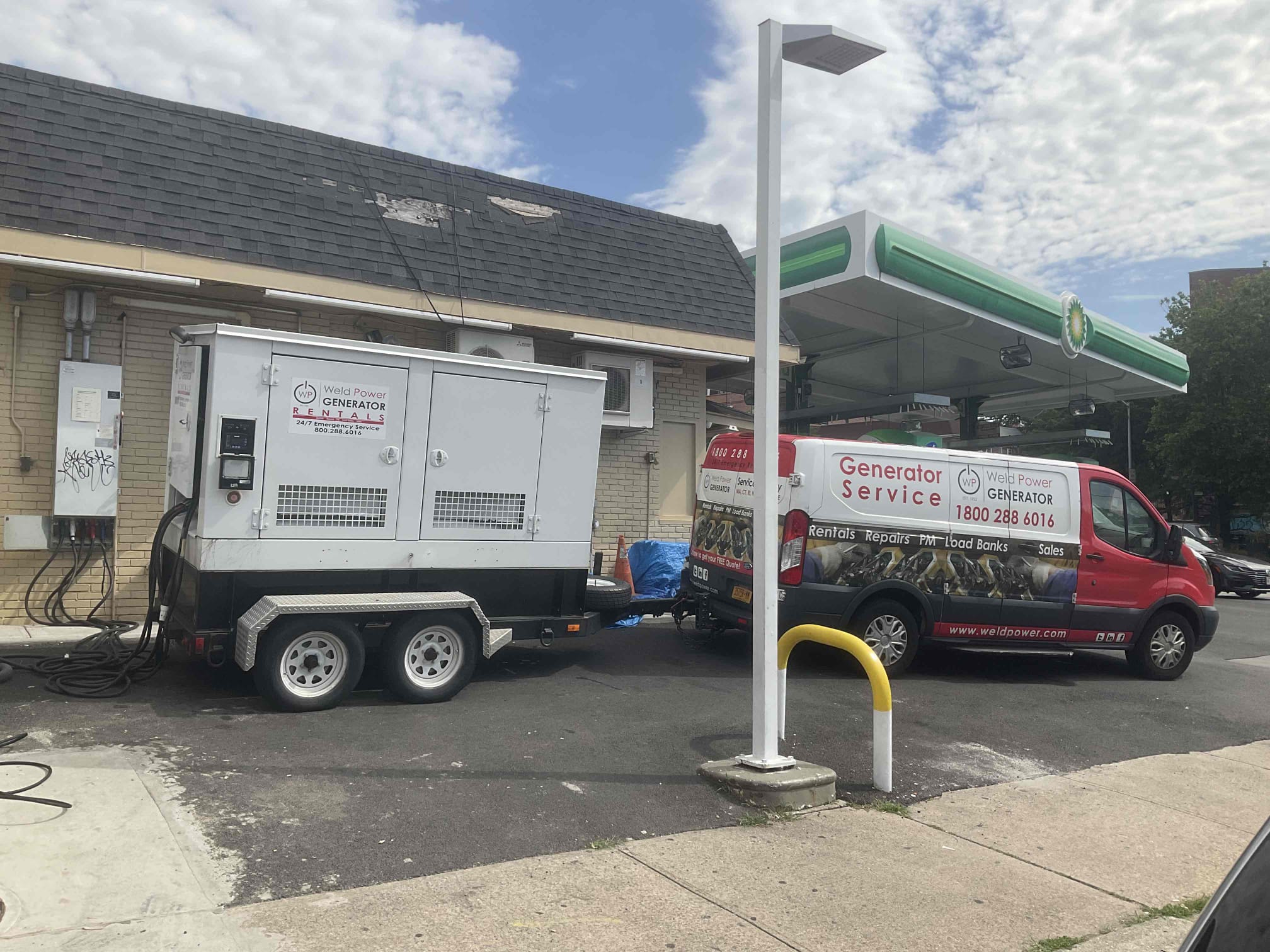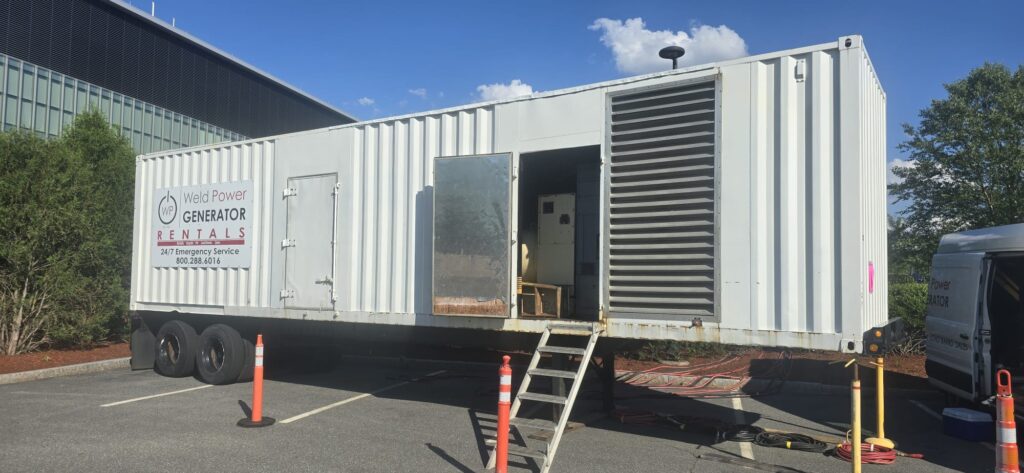16 FAQ About Essential Power Outage Contingency Plans

A power outage can strike at any time, disrupting operations, compromising safety, and resulting in costly downtime. For businesses and facilities that rely on continuous power, having a comprehensive power outage contingency plan is not just a best practice, it’s a critical necessity. Emergency generators play a central role in these plans, ensuring that essential systems remain operational when utility power fails. In the following sections, we’ll explore key questions and considerations to help you build, maintain, and optimize a reliable backup power strategy tailored to your organization’s needs.

Table of Contents
What is a power outage contingency plan?
A power outage contingency plan outlines the procedures, equipment, and personnel responsibilities to ensure continued operations during a power failure. It includes steps for activating backup power systems, protecting critical infrastructure, and minimizing disruption.
Why is it important to have a power outage contingency plan?
A well-prepared contingency plan protects against operational downtime, data loss, safety hazards, and financial losses during an outage. It ensures critical systems remain functional and helps businesses recover quickly and safely.
What should be included in a power outage contingency plan?
The plan should include an inventory of critical systems, backup power specifications (like generator capacity), roles and responsibilities, emergency contact information, communication protocols, and procedures for testing and maintaining equipment.
How do I assess the risk and impact of power outages on my business?
Start by evaluating how long your business can operate without power and what systems are most affected. Consider historical outage data, your facility’s location, and regulatory requirements to determine the potential operational, financial, and safety impacts.
How often should I review and update my power outage contingency plan?
Review your plan at least annually or after any significant operational change, facility expansion, or major power outage. Regular updates ensure alignment with current equipment, staffing, and business continuity needs.
What are the first steps in preparing for a power outage?
Begin by identifying your critical systems, assessing current power backup capabilities, and determining your maximum downtime tolerance. Then, our team can discuss your businesses needs and survey the site to provide appropriate solutions, such as a backup generator or rental generator options.
How can I identify critical systems and processes that need to be maintained during a power outage?
Review your operations to pinpoint systems that are essential to safety, compliance, and productivity, such as emergency lighting, security, refrigeration, IT infrastructure, and healthcare equipment. Prioritize them based on their role in sustaining business continuity.
What role do generators play in a power outage contingency plan?
Generators are the core component of most contingency plans, providing immediate backup power to keep essential systems running. They bridge the gap until utility power is restored, protecting against operational disruption and safety risks.
How do I determine the appropriate backup power solutions for my needs?
We can conduct a load analysis to understand your critical power requirements, then match those needs with a generator’s size, fuel type, and runtime capacity. Consider future growth, local regulations, and whether automatic or manual transfer is needed. It is also important to consider where the back up will be located and how it will be connected to the buildings electrical system.
What types of backup power solutions should be considered for a power outage contingency plan?
Solutions include standby generators, UPS (uninterruptible power supply) systems, portable generators, and dual-fuel or battery-based systems. Selection depends on the scale of operations, load requirements, and expected outage duration.
How do I choose between different types of generators (e.g., portable vs. standby)?
Portable generators are best for temporary or mobile needs and limited applications, while standby generators are permanently installed, automatically activated, and suited for powering entire facilities or critical systems during long outages.
What are the maintenance requirements for backup power systems?
Regular maintenance includes visual inspections, oil and coolant changes, fuel quality checks, battery testing, and full load bank testing. Most commercial generators require professional servicing at least twice a year or quarterly, depending on usage.
How do I ensure my backup power solution is reliable and ready to use?
Schedule routine preventative maintenance, perform weekly or monthly test runs (exercises), keep fuel fresh, and monitor your system remotely for alerts or faults. Document all servicing and repairs to stay prepared and compliant.
What fuel types are best for backup generators, and how should they be stored?
Diesel is the most common fuel for commercial generators due to reliability and energy density. It should be stored in code-compliant tanks and treated with additives to prevent degradation. Natural gas is ideal for long runtimes and low maintenance, while propane is a clean-burning alternative with on-site tank requirements. Learn More
How do I test my power outage contingency plan?
We can simulate a power outage by conducting a controlled test of your generator system and related procedures. Ensure staff follows the response plan, and verify that critical loads receive power. Document the outcomes and any issues for follow-up.
How do I evaluate the effectiveness of my power outage contingency plan?
Review the test results, track downtime, evaluate staff response, and identify any gaps in coverage or communication. Use this data to adjust procedures, equipment capacity, or training to improve future response and resilience.
